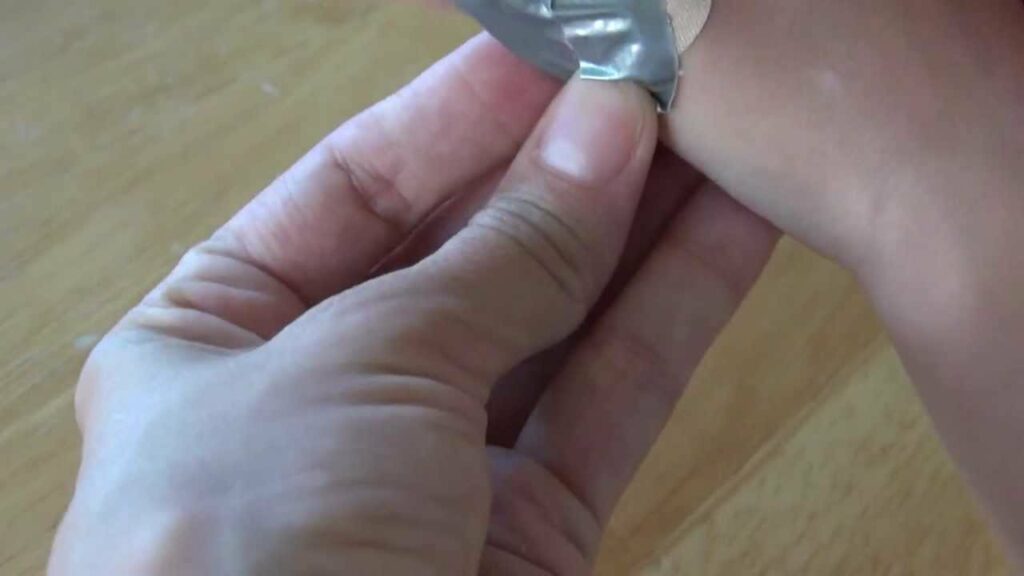Apple cider vinegar (ACV) is a popular home remedy believed to be effective for wart removal due to its high acidity, which may help break down the tissue that makes up the wart.
The acidic environment created by ACV can also inhibit the virus responsible for wart formation. Here’s a detailed guide on how to use apple cider vinegar to treat warts at home:

Step-by-Step Guide to Using Apple Cider Vinegar for Wart Removal
- Prepare Your Materials:
- Apple cider vinegar
- Cotton balls or small cotton pads
- Adhesive bandage or medical tape
- Petroleum jelly (optional, for protecting surrounding skin)
- Protect Surrounding Skin:
- Before applying vinegar, it’s wise to protect the skin around the wart. You can do this by applying a thin layer of petroleum jelly around the wart. This step is crucial as it prevents the acid from the vinegar from irritating or damaging healthy skin.
- Application of Vinegar:
- Soak a cotton ball or a small piece of cotton pad in apple cider vinegar. Squeeze out excess vinegar to prevent dripping.
- Place the soaked cotton directly on the wart.
- Secure it with an adhesive bandage or medical tape.
- Timing:
- Leave the vinegar-soaked cotton on the wart for about 3 to 4 hours initially to see how your skin reacts. If your skin tolerates the vinegar without severe irritation, you can gradually increase the time the cotton is left on, up to overnight.

- Leave the vinegar-soaked cotton on the wart for about 3 to 4 hours initially to see how your skin reacts. If your skin tolerates the vinegar without severe irritation, you can gradually increase the time the cotton is left on, up to overnight.
- Repeat Daily:
- Remove the cotton and wash the area gently with warm water; dry it thoroughly.
- Repeat this process daily, applying a fresh cotton ball soaked in apple cider vinegar each time. Consistency is key to effectiveness.
- Monitor Progress:
- Over time, the wart should start to change in appearance, possibly darkening (which means it’s dying), shrinking, or even falling off.
- This process can take anywhere from a week to several weeks, depending on the size and stubbornness of the wart.
- Aftercare:
- Once the wart falls off, continue to keep the area clean and protected until the skin heals completely.
- Apply an antibiotic ointment and cover it with a bandage to prevent infection.
Important Precautions
- Skin Sensitivity: Apple cider vinegar is very acidic and can cause skin irritation, burns, or even scar formation if not used carefully.
- Pain and Irritation: If you experience significant pain or irritation beyond mild discomfort, discontinue use and consult a healthcare provider.
- Consultation Recommended: For warts on sensitive areas (such as the face, genitals, or any suspicious or painful warts), consult a dermatologist rather than attempting home treatment.
- Diabetes or Circulatory Issues: Individuals with diabetes, peripheral arterial disease, or other circulatory problems should consult a healthcare provider before attempting home treatments for warts due to higher risks of complications.
While many people report success in removing warts with apple cider vinegar, it’s essential to proceed cautiously and consider professional removal, especially for problematic warts. This ensures safety and effectiveness in treatment.


